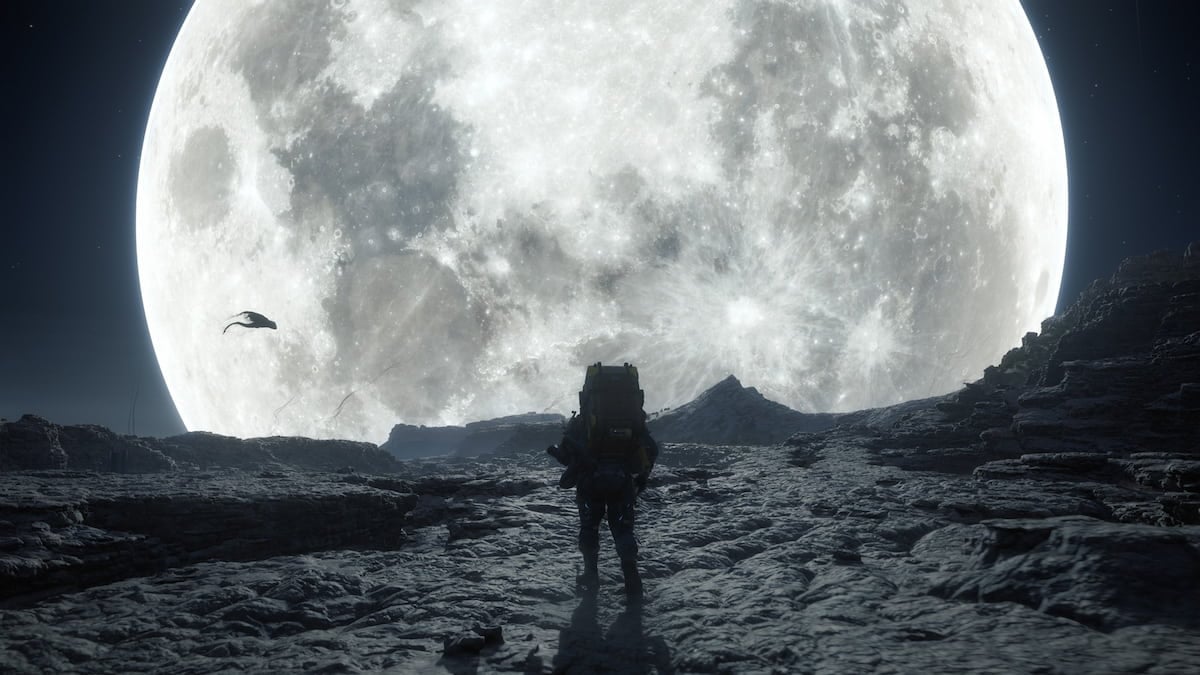
Death Stranding 2: On the Beach is a therapeutic, genre-expanding experience that builds on its predecessor’s bold foundation. I’ll admit: the original Death Stranding didn’t fully resonate with me on a gameplay level, but I still admired its daring step into uncharted territory, paired with a distinctly Kojima-esque narrative full of out-of-the-box ideas.
There’s a reason the original game earned the infamous label of a “walking simulator.” I’d be lying if I said parts of it didn’t feel that way. Trekking across harsh terrain with a mountain of cargo often felt more like a chore than a challenge. The invisible BTs made the game overly tense, creating more pressure than fun.
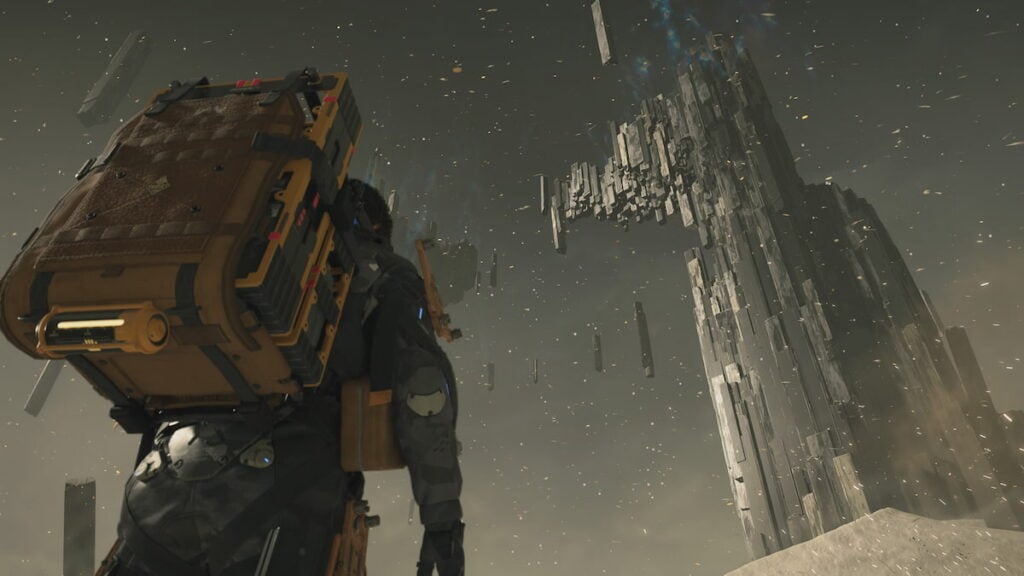
Death Stranding 2: On the Beach addresses those limitations with thoughtful, practical solutions while preserving the core experience that loyal fans love. The result is a more rewarding journey, anchored by a storyline worth telling a million times over. You jump back into the shoes of Samuel Porter Bridges, a porter in a pandemic-stricken world, where people stay indoors due to the timefall rain and the dangers of BTs causing voidouts. Porters are the last lifeline of humanity, and they use them to deliver necessary goods.
A bigger and bolder approach with empathy that evokes emotions
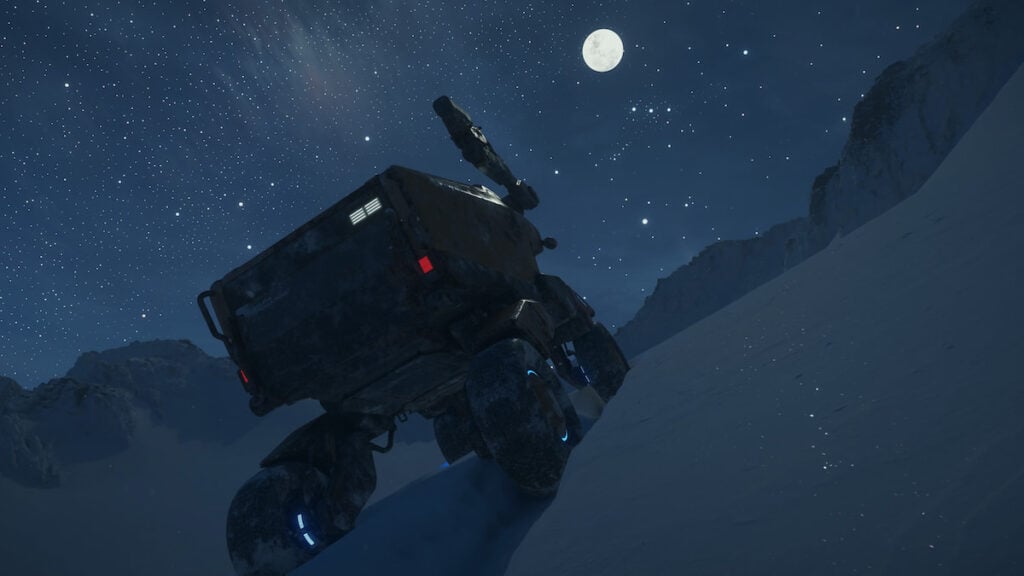
As I jumped into Death Stranding 2: On the Beach, I was completely overwhelmed by the stunning landscape in front of me, which directly blurred the line between cinematics and gameplay. Even after 40 hours, I was still in awe of the world’s vibrancy, pulling out photo mode more times than protagonist Sam would’ve liked on his tight schedule. The Decima engine delivers stable frames, and I never saw frame drops on my base PS5, which shows how polished and well-optimized the game truly is.
The developer has probably one of the best DualSense haptics I’ve felt in a very long time while playing a game. While most of the PlayStation’s titles utilize it, each cinematic, along with the subtle effects during the harsh climate changes while delivering packages, adds tension to your triggers, putting you right in the heat of the moment. Now, there are gate quakes, avalanches, sandstorms, and flash floods, which randomly add more struggles to make it exciting to deliver your packages.
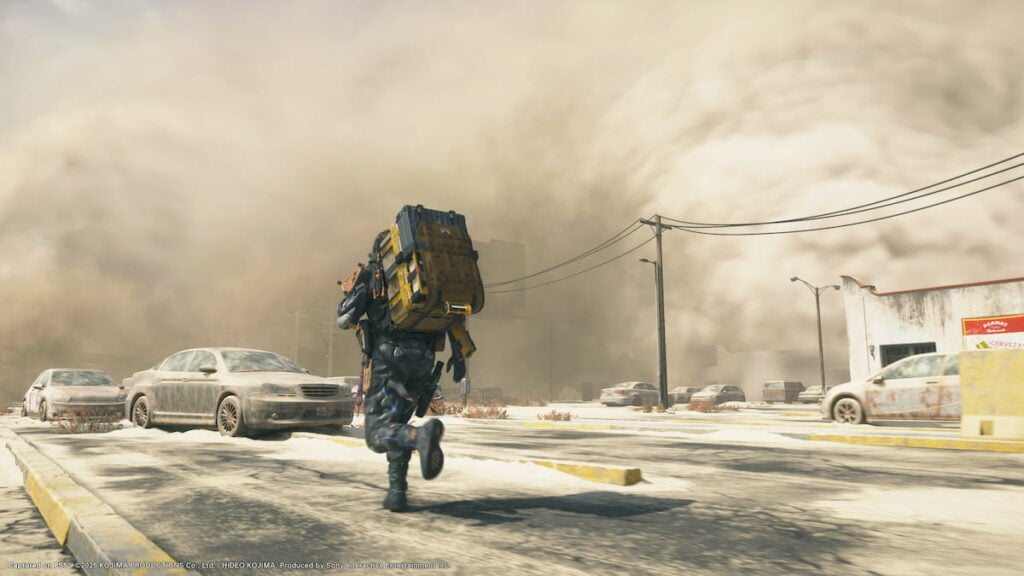
I’ve always been a fan of WOODKID’s music, and he delivers once again in the sequel, making the journey even more memorable and unique. The developers cleverly weave the soundtrack into your deliveries, swelling during long, linear drives, and fading into silence when you approach BTs or enemy camps to heighten the tension. This time, you even get a portable music player, letting you curate the perfect playlist for your treks. The emotional, heart-stirring tracks turn even the most mundane stretches into something unforgettable.
The voice acting across the cast is impressively distinct, but the standout performances come from Troy Baker as the antagonist Higgs and Luca Marinelli as Neil Vana. Both bring incredible versatility, energy, and emotional depth, elevating the narrative’s already powerful impact. Each character on the DHV Magallan is given a meaningful backstory, allowing you to understand their struggles, relate, and, eventually, fall in love with them.
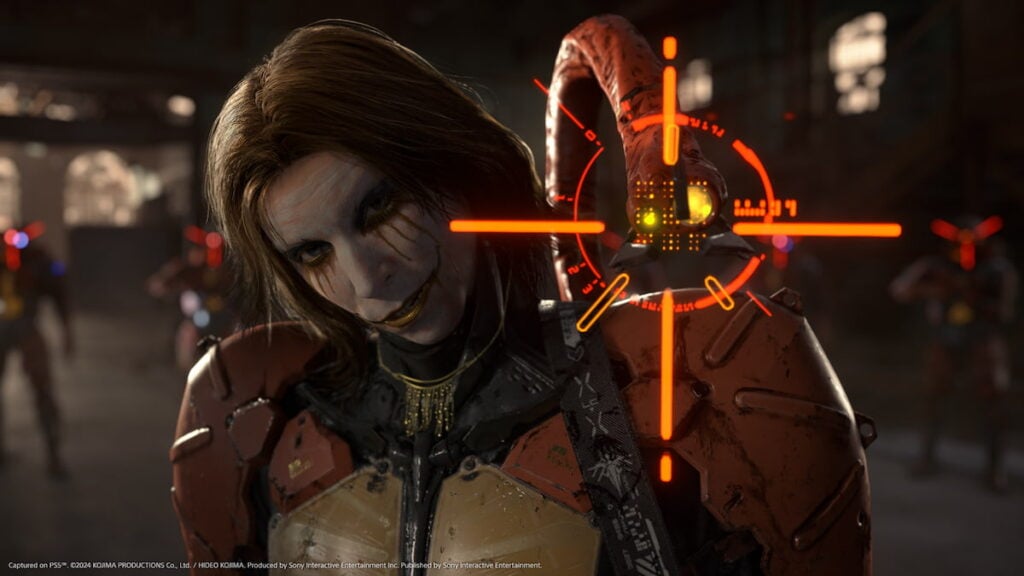
Sam journeys through Mexico and ultimately Australia, connecting people to the Chiral Network and giving humanity a fighting chance. Without spoiling much, the story—full of Kojima’s trademark twists—is the most emotional and thrilling experience I’ve had since The Last of Us, leaving me staring into the abyss after the credits rolled.
Along the way, I smirked, laughed, jumped, cried, and sometimes, I just sat there, confused and awestruck. Death Stranding 2 made me feel it all, with emotional highs and lows that only a Kojima story can deliver. Unlike the first game, the narrative here is easy to follow yet beautifully layered, leaving just enough space for players to absorb and interpret it at their own pace.
Side quests don’t feel like a chore with diverse characters
Connecting Australia to the Chiral Network may seem similar to the first game’s U.S. trek, but the advanced route-planning system is a game-changer. Each quest opens a detailed map, letting you plan your path with precision. You can take a longer, safer route for a relaxed delivery, or risk a BT-infested shortcut to save time. Every journey feels personal, shaped by your choices and risks.
I wasn’t very motivated to tackle side quests in Death Stranding, but the sequel makes progression feel much clearer and more rewarding. Completing side quests and returning lost cargo strengthens your connections with places, earning you materials for better gear, road repairs, and schematics to improve your survival odds. An early quest from an old veteran sent me into a BT-infested area to retrieve a suitcase. Completing it earned me the sniper rifle that became a key part of my loadout for the rest of the game.
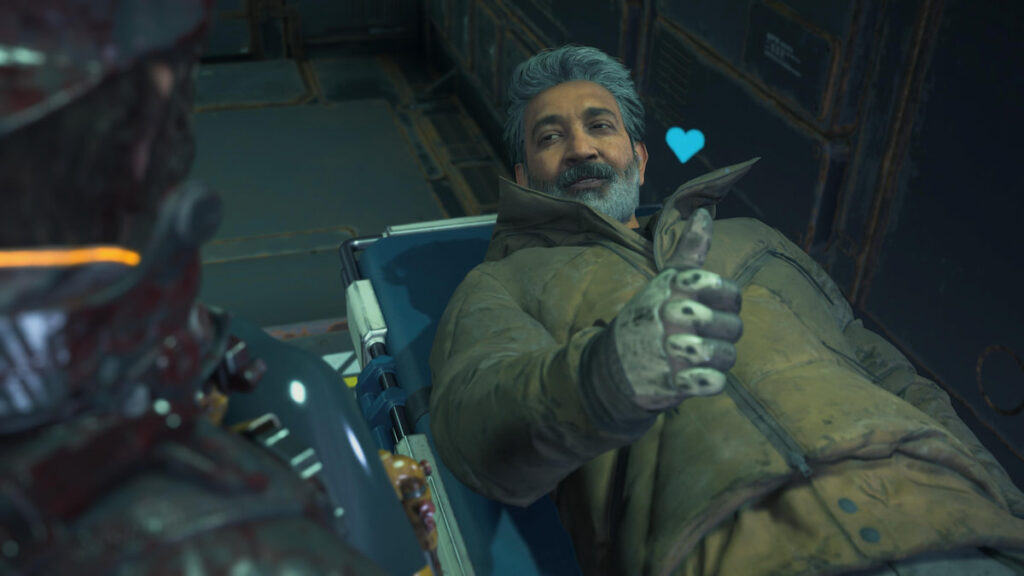
The Australian continent is full of diverse characters, which makes it fun to visit every location and learn about their role in the region. The one that surprised me was the addition of popular Indian director S. S. Rajamouli and his son in one of the icy settlements, along with other characters. My favorite: rescuing animals from forest fires and seeing them rehabilitated later.
Dopamine rush of likes and the Porter community of shared buildings
One of my favorite parts of playing Death Stranding 2 is the likes economy and the satisfying feeling that comes with helping other porters while making structures for them. The game teaches you how to build various structures to help other porters. Over time, you come to understand how these structures—like generators and watch towers—are crucial to your progression and assist every porter attempting the same mission.
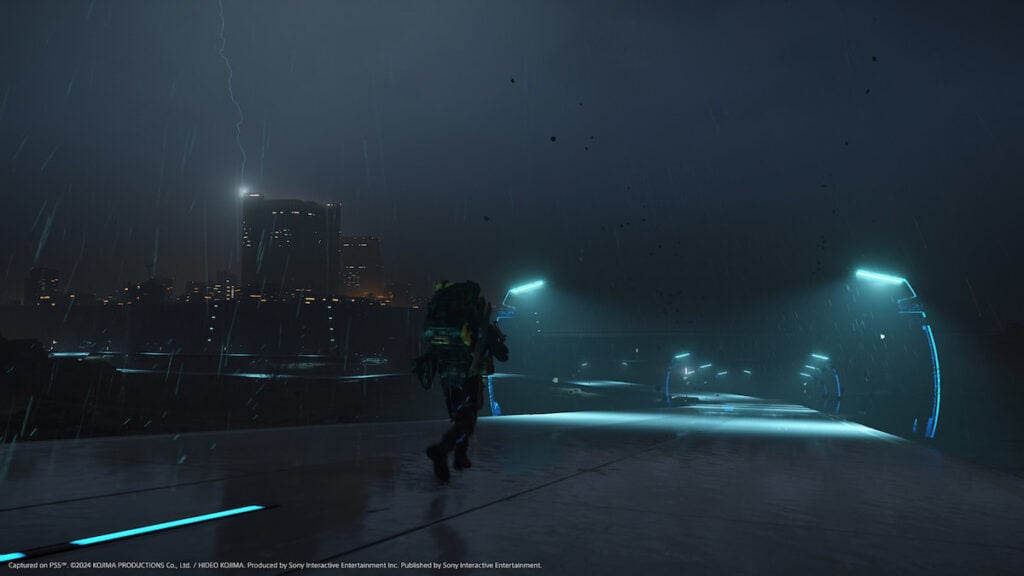
Donating materials to outposts to repair roads makes journeys smoother for others, earning you likes and gratifying notifications as players use your structures. Saving someone from BTs with a Timeshelter or scouting enemy bases with a Watch Tower is just as rewarding. The sequel preserves this social element beautifully—it feels great to know you’ve helped.
I didn’t enjoy how entrusting cargo to other porters felt more like a convenient “empty your bags” button than real community interaction. It’s also frustrating how easily you lose cargo when the DHV Magallan jumps and leaves items behind. You can prevent this by manually storing goods in a private locker, but I wish the game did it automatically.
Pretend I won? I’d rather not.
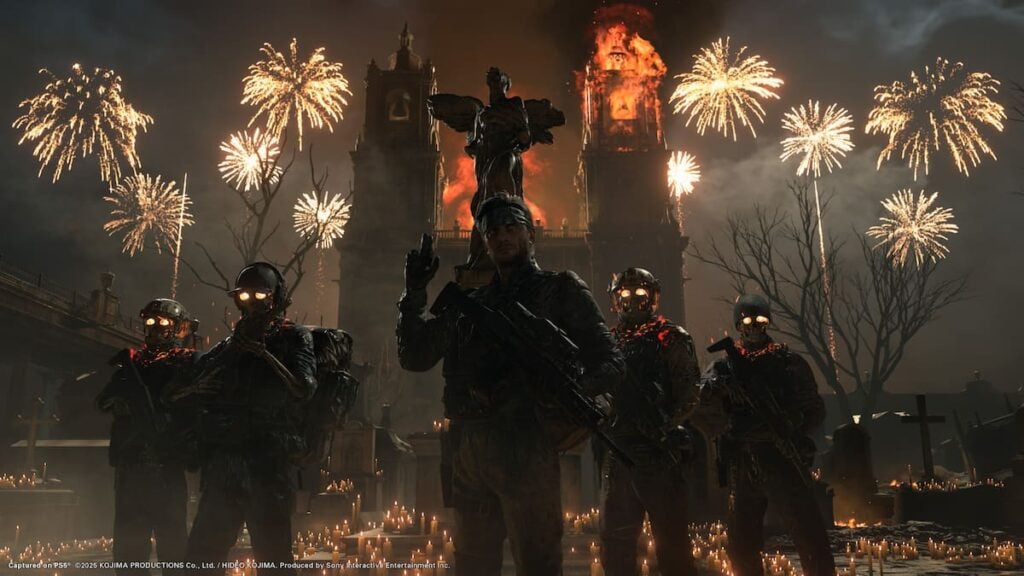
I couldn’t help but laugh when I saw the option to skip boss fights. While intended as an accessibility feature, the game already gives you plenty of grenades and rocket launchers to handle even the toughest bosses, making it feel unnecessary.
In an era of genre-defining Soulslike games, players relish defeating big, daunting bosses. While difficulty options already help struggling players, a “skip boss” button feels excessive. The Neil Vana fights are some of the most stunning and unique I’ve seen—I’d hate for anyone to miss experiencing them firsthand.
The improved combat system offers a wide variety of grenades and tactics for dealing with BTs and Armed Survivalists as you connect Australia to the Chiral Network. It’d be a shame not to put them to use. The standout for me was the EX Capture Grenade, which lets you catch a BT and turn it against your enemies.
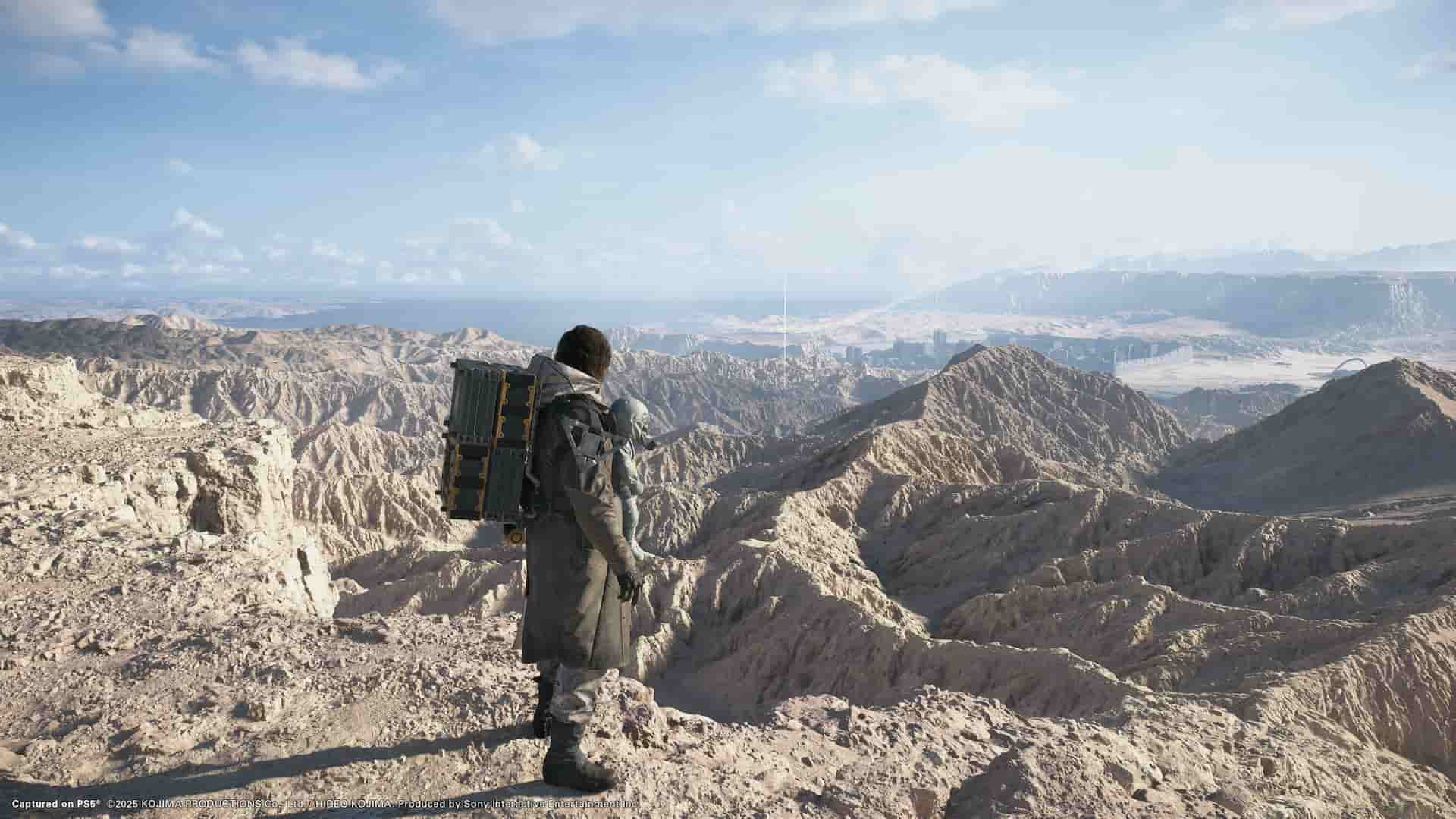
- Emotionally gripping and easy-to-follow story with classic Kojima twists.
- Gorgeous, vibrant world that blurs the line between cutscenes and gameplay.
- Excellent cast performances, especially Troy Baker and Luca Marinelli.
- Memorable, heart-stirring soundtrack by WOODKID and other musicians, integrated beautifully into gameplay.
- Detailed route planning and diverse playstyles add depth to deliveries.
- Side quests feel rewarding, with meaningful progression and unique characters.
- Well-optimized performance with stable framerate and impressive haptics on PS5.
- Satisfying community-driven systems, such as likes, shared structures, and rebuilding roads.
- Easy to lose cargo when moving away from your vehicle, which feels needlessly punishing.
- The boss fight skip feature feels unnecessary and undermines the thrill of those encounters.
- It may still feel slow-paced to players who didn’t enjoy the original’s delivery-focused gameplay.
- Not for everyone like the previous one, but it definitely tries to make it easier to understand the mechanics.







